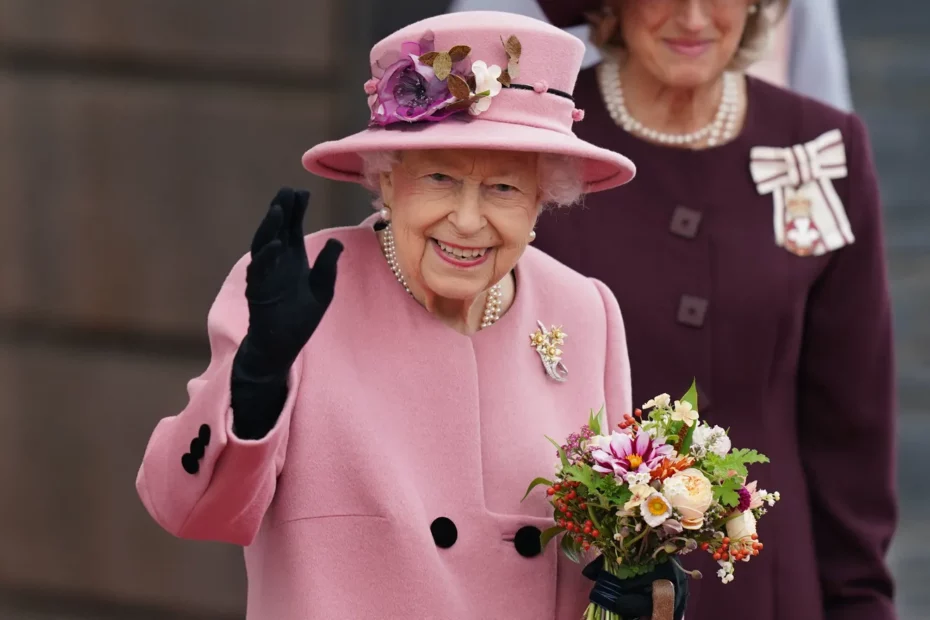Queen Elizabeth II’s record-breaking reign is gone. She was the only monarch most of her subjects had ever known. Elizabeth Alexandra Mary Windsor passed away on Thursday at her Scottish castle, Balmoral Castle. She was 96.
The king is still alive, the queen is dead. As broadcasters, announcing heralds, and Twitter celebrate the passing of one sovereign and the ascension of the new one, bells will soon sound and gun salutes will fire throughout the United Kingdom.
Prince Charles, Prince of Wales, her 73-year-old eldest child and heir, ascended to the throne right away after her passing.
Elizabeth was in good health for the majority of her life, but in recent months she had been struggling with residual “mobility difficulties.” From the recreational to the constitutional, she gradually gave Charles more responsibilities. She never missed the Braemar Gathering, the annual Highland Games, during her reign, but last week she was unable to go.
She oversaw the changeover of one prime minister to a new one on Tuesday, performing a constitutional obligation as head of state at Balmoral for the first time during her rule.
However, the palace said on Wednesday that due to doctor’s orders to rest, she will not be able to join the Privy Council meeting via Zoom, the permanent council of senior governmental advisers. Incoming Cabinet ministers would have been sworn in at the same time as new Prime Minister Liz Truss took the oath of office. The gathering was put off.
She also skipped important engagements in June that were part of the four-day celebration of her Platinum Jubilee of 70 years as monarch.
On November 14, she was scheduled to participate in the annual Remembrance Day ceremony honouring British war dead, but she withdrew that morning due to a back injury. She postponed all engagements for several weeks in October after spending a night in the hospital for “preliminary investigations” that Buckingham Palace would to explain. These engagements included trips to Scotland and Northern Ireland that were scheduled.
The palace disclosed in February that she had tested positive for COVID-19, two weeks after commemorating the 70th anniversary of her accession to the queen in 1952. The queen revealed to her guests during an audience in the middle of February that she had trouble “moving,” which resulted in “ongoing mobility” problems, according to Buckingham Palace, which prohibited some appearances, including the State Opening of Parliament on May 10.
She had only twice in her whole reign missed this crucial head-of-state position due to pregnancy, but this was the first time she had Charles and his older son, Prince William, officially step in for her.

